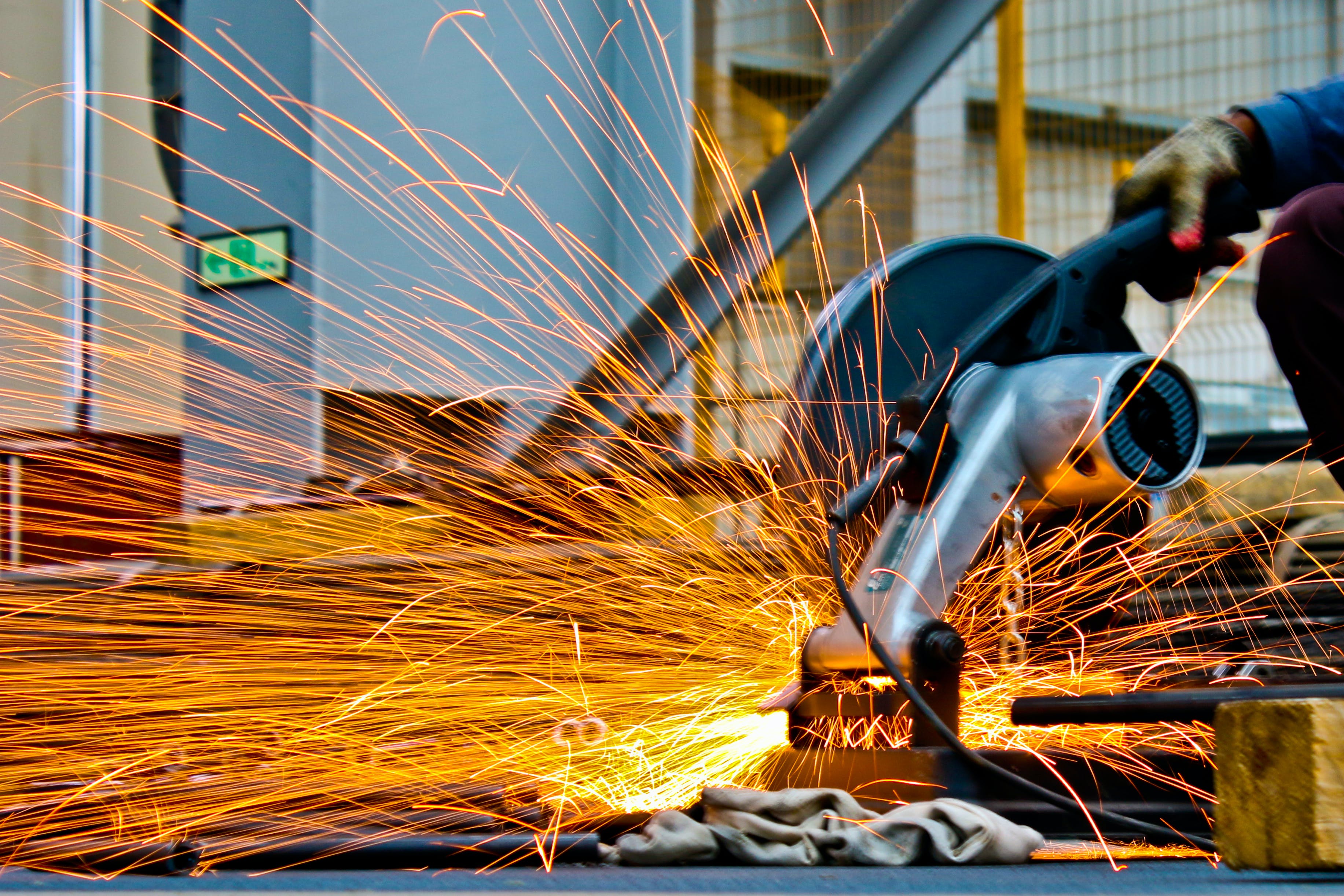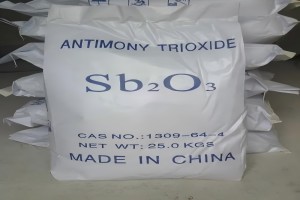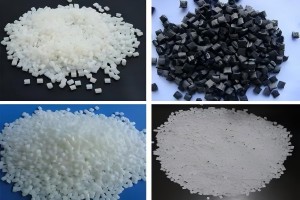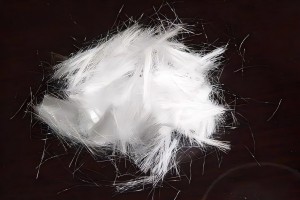Low degree of polymerization PVA has good water solubility and plasticity due to its lower degree of polymerization and shorter molecular chain. These properties make low-polymerization PVA widely used in many fields. The degree of polymerization of PVA is generally below 1000.
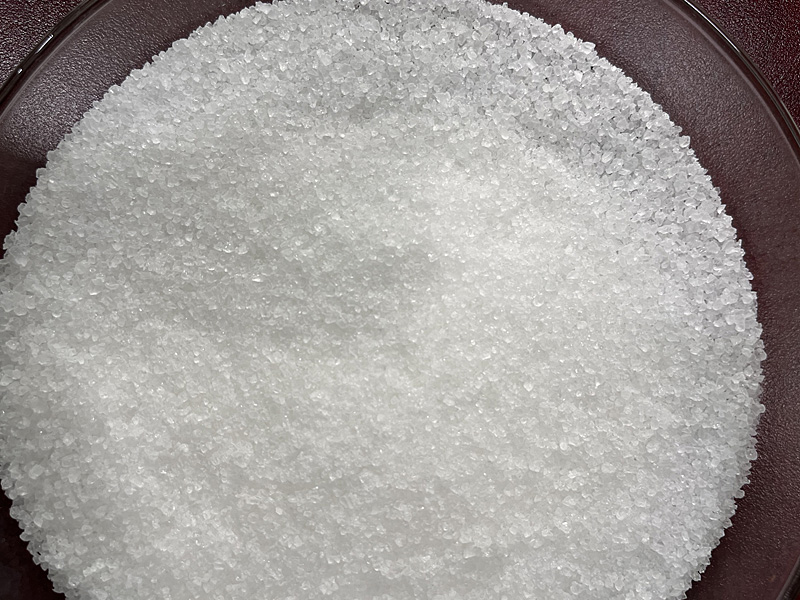
1. Water-soluble adhesive: Low-polymerized PVA is often used as a water-soluble adhesive because of its excellent water solubility. For example, in the paper products industry, low-polymerized PVA is used for cardboard lamination, corrugated cardboard bonding, and office glue. It also has the advantage of being safe and non-toxic, making it widely used in the packaging industry, such as the bonding of kraft paper bags for heavy objects such as cement, fertilizers, and grain.
2. Coatings and coating materials: Low-polymer PVA can be used as a coating material on the surface of paper, which can significantly improve the gloss and anti-permeability of the paper. In addition, it can also be used as a pigment processing agent to improve the whiteness and gloss of coated paper and enhance the printing effect.
3. Commonly used low-polymerization polyvinyl alcohols such as PVA 05-88. This grade of PVA is also used for medical devices, warp sizing, release agents, etc.
Medium degree of polymerization PVA has a moderate degree of polymerization and exhibits good strength and heat resistance, so it is suitable for occasions that require a certain degree of strength and durability. The degree of polymerization of PVA is between 1000 and 5000.
1. Textile enhancer: Medium-polymerized PVA is commonly used as a textile enhancer in the textile industry. By adding it to textiles, it can significantly improve the softness and wear resistance of textiles, thereby extending their service life. For example, by blending medium-polymerized PVA with cotton, wool, viscose fiber, etc., you can produce Vinyl textiles with excellent properties.
2. Fiber products: Medium-polymerized PVA can also be used as a raw material for fiber products, such as PVA fiber (vinylon) that has been dissolved, spun and acetalized, and is widely used in clothing, tarpaulins, cords, fishing net ropes, etc.
3. Commonly used polyvinyl alcohols with medium polymerization degrees include PVA 17-88, 20-88, 24-88, 26-88 etc. These can also be used to produce glues, paper adhesives, fabric finishing agents, PVA films, etc
Website: www.elephchem.com
Whatsapp: (+)86 13851435272
E-mail: admin@elephchem.com
ElephChem Holding Limited, professional market expert in Polyvinyl Alcohol(PVA) and Vinyl Acetate–ethylene Copolymer Emulsion(VAE) with strong recognition and excellent plant facilities of international standards.
